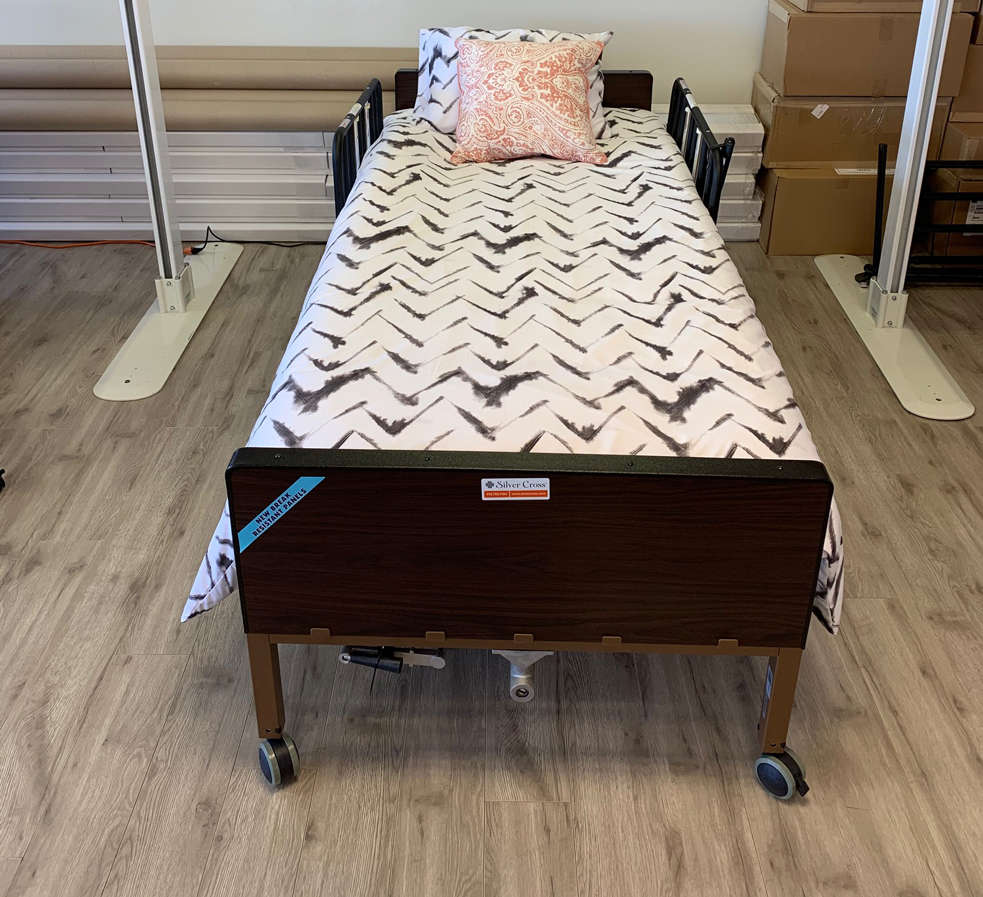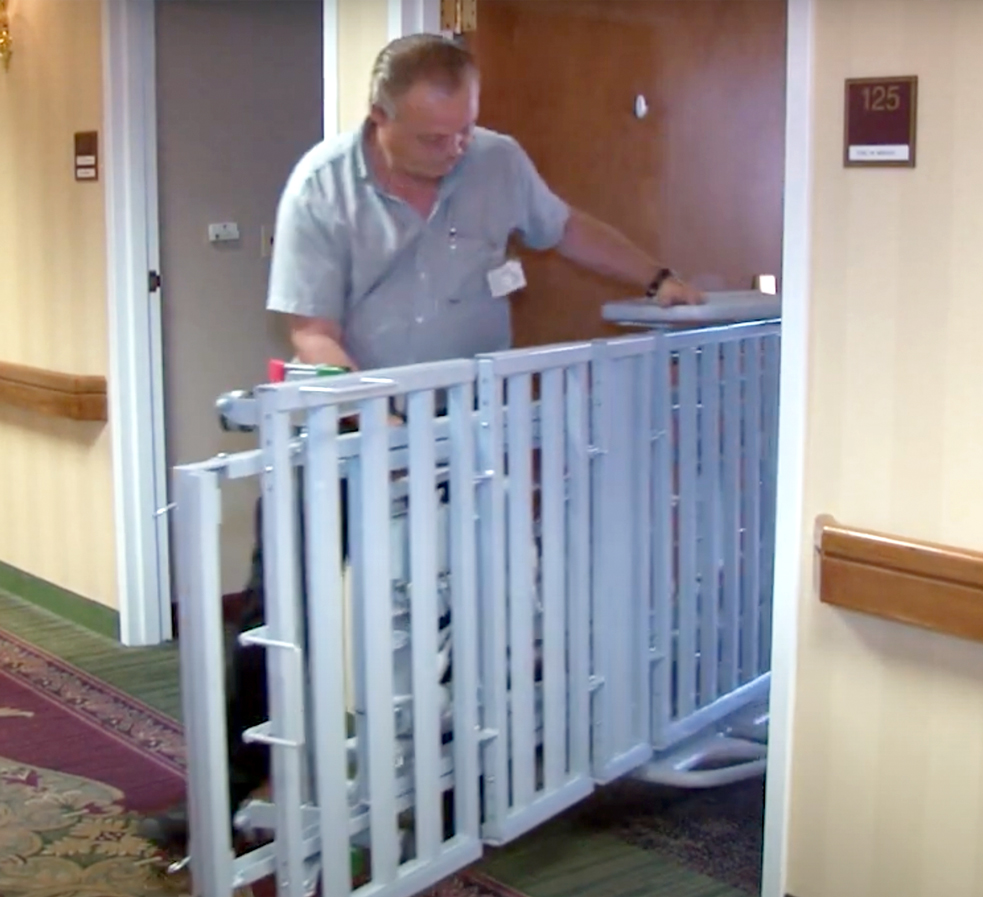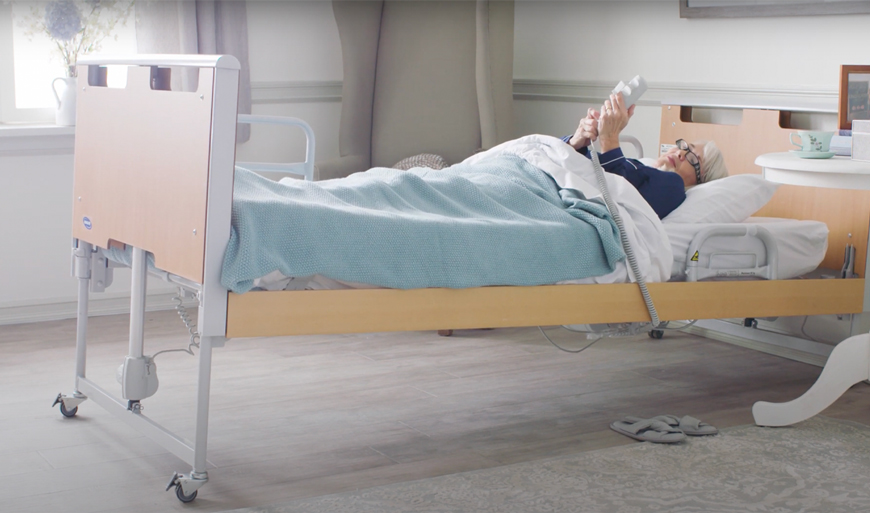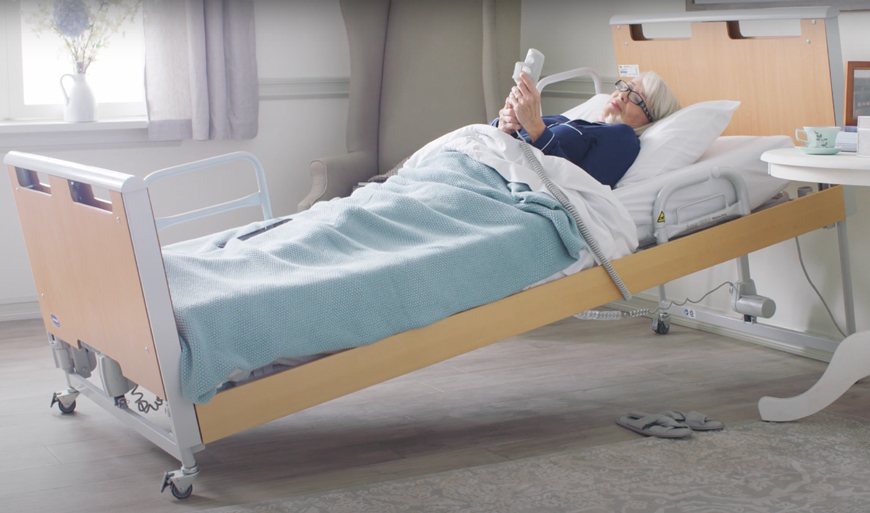Home » Medical Beds » Medical Beds FAQs
Home » Medical Beds » Medical Beds FAQs
How much does a medical bed cost?
Medical beds typically cost between $1595 up to $6000 or more. The cost of a medical bed will vary significantly depending on whether the bed is manual, semi-electric, or full-electric, and if it is for home care or long-term care use. Your local provider can provide a more accurate price range for the type of bed that best suits your needs.
Can I rent or buy a used medical bed?
Home medical beds are often rented for short term use, and dealers often have gently used beds available for sale. When you are looking to purchase or rent a medical bed, make sure that the bed has been thoroughly sterilized and cleaned. Most beds that are available for rent and purchase are no more than 5 years old. Stores usually only offer used and rental beds for the same brands they carry, so they can offer guarantees or warranties (in other words, free parts and labor are included for 90 days for used hospital beds). Most beds available for rent are full electric. A mattress and rails should be included when renting.
Is there funding available for medical beds in Canada? Will Medicare pay for medical beds in the U.S.?
In Canada, various charities may have funding available such as Easter Seals and ALS Society of Canada. You may be able to claim the bed as a medical expense when you file your taxes for the year. In the U.S., Medicare part B covers hospitable beds as durable medical equipment (DME). Please speak to one of our qualified local dealers to find out more about local and national funding for your area and whether you are eligible for it.


Where should I put my medical bed?
Make sure there is enough space for the hospital bed so that it can be put into any position, with enough space to walk around the bed, and for the caregiver to tend to the patient. You may want to place the bed on the main floor to avoid climbing stairs. The bed should also be placed in a location where you or your loved one can be heard if they are calling for help. If this is not possible, you can place a bell or phone within their reach.
What positions can full-electric beds go into?
Full electric beds often have positions available such as Trendelenburg, reverse Trendelenburg and cardiac chair positions.
Trendelenburg position lays the patient flat on their back with the bed deck and mattress tilted so that their feet are 15 to 30 degrees higher than their head. Trendelenburg position may help with circulation.
Reverse Trendelenburg position (also known as anti-Trendelenburg position) lays the patient flat on their back with the bed deck and mattress tilted so that their head is 15 to 30 degrees higher than their feet. This position may help with pressure relief and breathing.
Cardiac chairs were first designed to help people recover from heart surgery or respiratory illnesses. Studies have shown that heart surgery patients tend to recover faster when they spend a portion of the day in an upright, seated position. A seated position also makes it easier for patients to breathe and it may improve circulation. However, the patient should reach the position slowly and with the least amount of movement possible. A hospital bed with a cardiac chair position moves from a flat position into a seated position with minimal movement to the patient at a speed controlled by the patient or caregiver.
Which medical bed is right for me?
Assess your needs to find the right healthcare bed. Do you need a bed that can be lowered every day to help you get up in the morning? Or does the bed need to be raised for the caregiver to tend to you easier? What does the bed need to do for you or your loved one to be comfortable? Make a list of necessary features and bring it to your local provider to help you find a bed that fits within your budget.


Founded in 1993 when the Internet was just starting to become important in day-to-day life, Silver Cross built its roots as relationship company. It formed partnerships with experienced dealers and installers of stair lifts, elevators and other mobility equipment in order to bridge the gap between the prospective customer and a pre-qualified, knowledgeable local dealer.